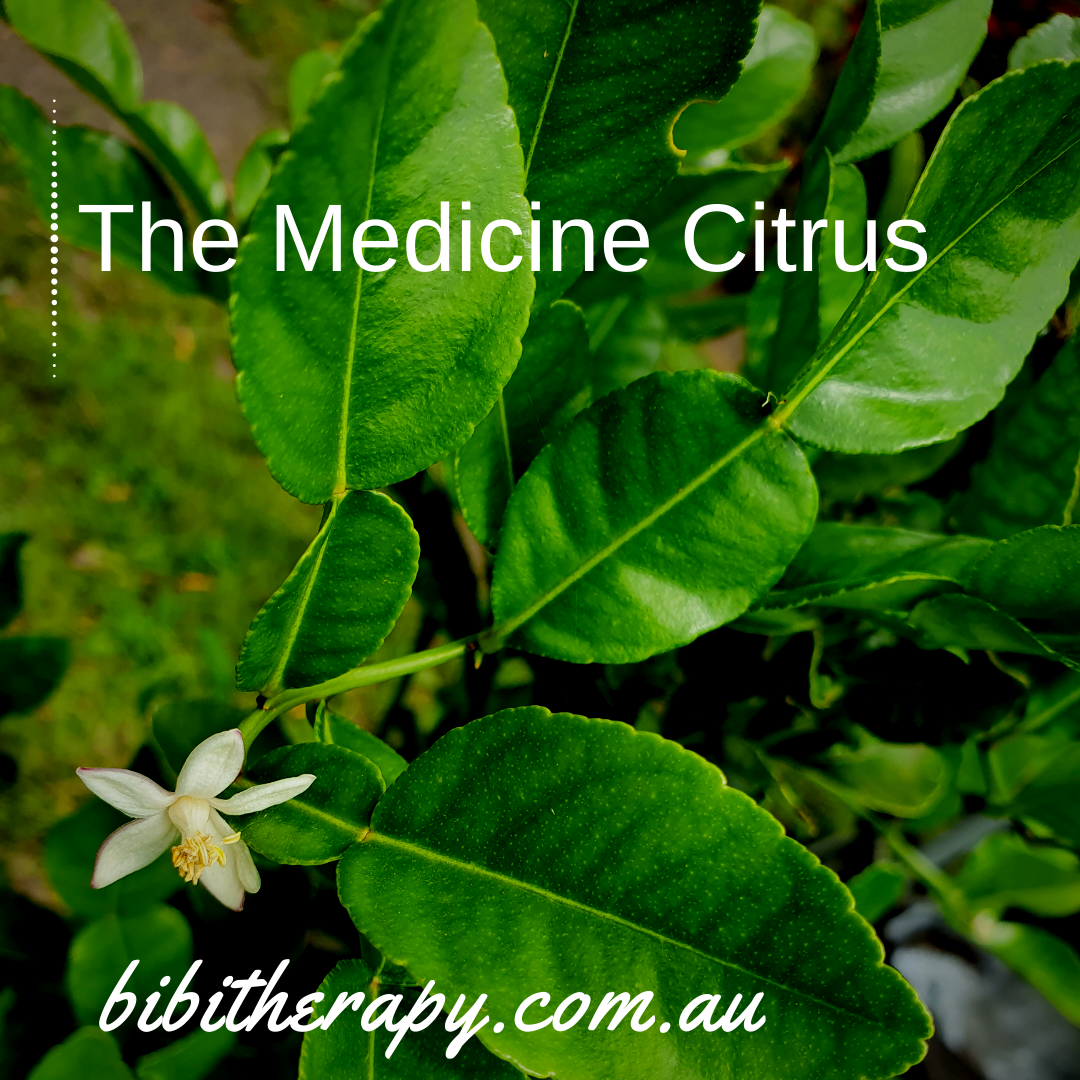Harvest Myriad Benefits of Brilliantly Blooming Calendula
This blog is about a super hero plant: Calendula officinalis or Pot marigold, known as medicine flower since time immemorial. The whole flower head of Calendula are used in different preparations: extracts, ointments, tinctures, salve or teas.
Properties: The Herbal actions, predominantly anti-inflammatory and antiseptic, are due to its antioxidant compounds as well as due to its high carotenoids presence often associated with cardiovascular risk reduction. Topically calendula addresses so many skin complaints that led to its unofficial name as the chief antiseptic herb. It can be used safely on the most sensitive body areas on open wounds, burns, blisters, swellings, eczema, diaper rash (Yunes et al 2012) and cracked nipples. My preferred use of calendula is in the form of lymphatic tonic along with cleavers, discussed in another blog.
The medicinal properties are numerous and this blog will provide details on two less talked about.
#1 Digestive Ally
Let the food be at the heart of your own wellbeing. If you are a self-care convert, don’t wait until you get sick and become a pill-ridden and over-the-counter consumer. Instead, reach out and have an educational consultation to evaluate your wellness history, your circumstances, environmental factors etc. You will then explore and establish what you need and what you don’t need in teas, lotions and potions with your Herbalist consultant. You will be surprised that in the long run you will save money and time. After all you only have a body to live your life in it. Live it wisely.
We all know that digestion starts in the mouth. Therefore, the oral hygiene must be impeccable in order to have a great digestion down the tube. Calendula is one of the best allies one can have when it comes to restoring and healing the gastric and intestinal permeability.
How to use: It is often a good idea to combine calendula with other herbs for increased benefits. For example a blend of marshmallow root ( Althaea officinalis), calendula flower heads (Calendula officinalis) and liquorice root (Glycyrrhiza glabra) all in equal amounts is a helpful tonic for the digestive system that is also very pleasant tea. Combine 2 teaspoons of the herbal blend with a cup of water and simmer for 20 minutes. Some prefer it sweetened with honey. I like it as is.
A word of caution: Topical use of Calendula during pregnancy or breastfeeding is considered safe. However, internal use of calendula and liquorice are not indicated in pregnancy.
#2 Vaginal Hygiene
A 2017 study on the treatment of vaginal Candidiasis concluded that Calendula vaginal cream is as effective and with greater long-term effect compared to traditional treatment based on clotrimazole (Safari et al 2017). According to Dorothy Hall, (1988), a Calendula douche, as below is a “great insurance against infection and irritation” in multiple situations including when there may be bleeding and tearing of the vaginal walls, in the case of existent fibroids at menopause as well as after child birth.
How to use: make a douche from one cup of warm water, 1-2 teaspoons of calendula extract and juice from a small lemon. Use as a preventive cleanser and antiseptic wash. Alternatively if the extract is unavailable, a simple tea made from dried Calendula petals may be as effective.
Growing Calendula: if you have a green thumb or not, Calendula is very easy to grow. All you need to do is choose a bright spot and let the Sun do the work. And have I mentioned that the bright petals also make an excellent addition to your yummy salads?
Thank you for visiting and reading this page.
Disclaimer: I am a qualified holistic wellness, Herbalist Aromatherapist and Nutrition Diva. This article is for educational purpose only. Always check with your doctor or medical professional if a medical need arises.
References
Dorothy Hall, Herbal Medicine, 1988, p116-119, Lothian Publishing CompanyPty Ltd, Melbourne Australia
Elnaz Saffari , Sakineh Mohammad-Alizadeh-Charandabi, Mohammad Adibpour, Mojgan Mirghafourvand & Yousef Javadzadeh Comparing the effects of Calendula officinalis and clotrimazole on vaginal Candidiasis: A randomized controlled trial, Women & Health, 2017; 57:10, 1145-1160, DOI: 10.1080/03630242.2016.1263272
Kerry Bone, Simon Mills, Eds., 2013, Principles and Practice of Phytotherapy (Second Edition),: Cp8 – Herbal approaches to pathological states, P:140-182, Churchill Livingstone,
Panahi, Yunes, Mohamad Reza Sharif, Alireza Sharif, Fatemeh Beiraghdar, Zahra Zahiri, Golnoush Amirchoopani, Eisa Tahmasbpour Marzony, and Amirhossein Sahebkar. “A Randomized Comparative Trial on the Therapeutic Efficacy of Topical Aloe Vera and Calendula Officinalis on Diaper Dermatitis in Children.” TheScientificWorldJournal 2012 (2012): doi:10.1100/2012/810234.


